"Story of Yanxi Palace" is a drama with a strong sense of history and court aesthetics. Previous dramas of the same kind focus on dramatic conflicts, while Yanxi is particularly prominent in the aspects of palace life, which is extremely rare.
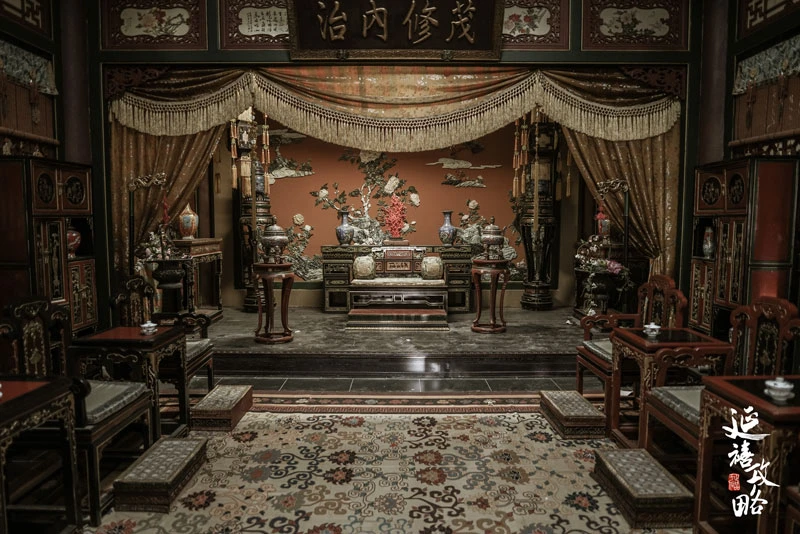
The whole drama gives the audience a strong sense of substitution, as if they have followed the characters live in the Forbidden City for 70 episodes. The furnishings in the palace are carefully arranged by the crew, whether it is Shoukang Palace, Chuxiu Palace or Yanxi Palace. Among them, the most impressive is the cloisonne!
When it comes to cloisonne, it might not be known to everyone, but it definitely leaves a deep imprint in every viewer's heart. When stepping into the Qianqing Palace, the red-crowned crane and incense burners in front of emperor seat, all of which show the supreme power and dignity of the royal family.
Let's learn more about cloisonne, the ancient royal luxury.
The characteristics and history of cloisonne
China cloisonne, the national intangible cultural heritage, is one of the famous special metal handicrafts with a history of more than 600 years.
It is also known as "copper padding thread weaving vitreous enamel", which is based on a copper fetus, which is welded with a soft flat copper wire to form various patterns on the surface, and then the enamel color glaze is filled inside the patterns and fired.
This traditional craft originated in ancient Persia and was said to have been introduced to China through the Silk Road in the Tang and Song Dynasties. Due to it was widely popular during the Jingtai period (景泰) of the Ming Dynasty, and the rich and gorgeous blue (Lan, 蓝) products were the best at that time, it was used to be called Jing Tai Lan (景泰蓝, cloisonne).
Chinese cloisonne is actually the inheritance and development of enamel craft, but it has its own style characteristics.
Chinese cloisonne adopts gold, silver, copper, with a variety of natural minerals as raw materials, ancient ceramics, and bronze ware as prototypes, praising highly flower patterns and classic patterns of ancient bronze ware. The glaze color is mainly peacock blue and gem blue, with red, white, green, yellow, and other colors. Combine art, craft, engraving, inlaying, glass smelting, metallurgy, and other professional technology as one.
It is simple and elegant, exquisite and luxurious, with a distinct style and profound cultural connotations. It is known as the essence of the Chinese treasure and it was selected into the first batch of the Chinese intangible cultural heritage list in 2006. And it is suitable for appreciation collections, business gifts, daily necessities, indoor and outdoor construction engineering decoration, etc.
The origin of cloisonne is still a mystery, and the origin of the production process can be traced back to the Yuan Dynasty or further ago.
Regardless of its origin, the royal role of cloisonne is beyond doubt. The Yuan Dynasty is the early stage of the development of cloisonne and its technology is not yet mature, relatively few works can be passed down. The cloisonne process in the Ming Dynasty has been greatly developed. During this period, the level of making fetus has reached a considerable height.
In the Qing Dynasty, due to emperor Qianlong's unique love for cloisonne, the craft of cloisonne got unprecedented development. In the fourth year of Qianlong period, the enamel artsan Liang Shaowen was recruited from Guangzhou, and Yangzhou artisan Wang Shixiong was invited to the palace to make enamelware. The Ministry of the Interior established "Fa Lang Zuo (珐琅作, enamel workshop)" and set up workshops in Guangzhou, Yangzhou and other places to produce cloisonne for royal use. During this period, cloisonne products were found everywhere in the palace, from small tent hooks for beds to large screens.
At the end of the Qing Dynasty, cloisonne product with a distinct style were favored by the western world. In 1904, the cloisonne craft "Bao Ding Furnace (宝鼎炉)" won the first prize at the Chicago World's Fair and again at the Panama World's Fair in 1915.
However, with the weakening of the national strength of the Qing Dynasty, the cloisonne gradually declined. After the fall of the Qing Dynasty in 1912, many cloisonne craftsmen who served the court ever were living a life of poverty in the folk and made a living by opening small workshops.
In the 1940s, due to war, rising raw material prices and many other reasons, many craftsmen were forced to give up the craftsmanship that had been inherited for more than 600 years. Cloisonne's production skills have almost reached the point of dying.
The historical status of cloisonne
Cloisonne craftsmanship was only served for the royal palace and nobles to enjoy in the ancient time, it is a symbol of power and status. In the former imperial Forbidden City, the royal garden Summer Palace, the few cloisonne art treasures left from that time can still be seen.
In the ancient text Shan Di Dang (膳底档), it is written as follows. On the 15th day of the first month, the 48th year of Qianlong (1783), Wufu painting enamel bowl, grain harvest painting enamel bowl, sunflower enamel box, gold bowl and gold plate were used as containers for breakfast. For lunch, all the utensils in front of the emperor are thread weaving enamel bowls, plates and dishes. And various colors of porcelain were used by the people who accompanied to attend the banquet.
This shows the hierarchy of cloisonne on the official banquet table, which symbolizes status and is far more noble than porcelain and even gold and silver product.
So far, cloisonne has developed in China for more than 500 years. Most of the valuable things on the auctions were born during the Qianlong period, which is inseparable from the emperor Qianlong's love for cloisonne.
In 1753 AD, the 18th year of Qianlong, in the solemn Forbidden City. Civil and military officials lined up at Qianqing Gate to discuss politics. Several alien came to the palace and tribute to the Emperor. Among the tributes sent by foreigners, the most attractive items to Qianlong were cloisonne handicrafts, especially various cloisonne clock, which combined Chinese craftsmanship with Western technology.
In fact, the emperors of Kangxi, Yongzheng and Qianlong all liked cloisonne very much. They specially set up workshops for royal cloisonne. Especially Yongzheng and Qianlong, they would judge and advise the new cloisonne works, including style, pattern, color, workmanship, etc.
A pair of cloisonne enamel figures from the reign of Emperor Qianlong sold for €6,528,000 at Christie's in France, setting a new world auction record for cloisonne enamel and the highest price ever achieved at an Asian work of art. Another enamel parrot caged from the Qianlong period of the Qing Dynasty was sold for €2,048,000, more than the original estimate of about 30 times.
Cloisonne represents a noble and complex handicraft image. It is definitely a symbol of royal power and nobility in ancient times, while a symbol of craft collection in modern times. Cloisonne frequently appears on the diplomatic stage as a Chinese national gift, and is called "Chinese blue". The exquisite and elegant decorative skills, the charming color, the gorgeous charm that moves the heart, the flowery artistic rhythm and the unique style are the reasons why it can become a national gift.
The production process of cloisonne
Different from other arts which were made by both the court and the people, cloisonne craft in ancient times was always dominated by the court, especially in the Ming and Qing Dynasties, when special production institutions were set up respectively. Its production process is very complex, requiring more than a dozen processes to complete.
Design a paper manuscript
First of all, designers design the padding diagram, silk-work diagram, blue coloring manuscript, and convert them into copy paper manuscripts for the next process application.
Make a padding type
First, the copper sheet is cut out of different shapes according to the requirements of the drawings, and be punched into copper padding of various shapes with a hammer, and then connect all parts with a good welding powder. After welding at high temperature, it becomes a utensil copper padding shape.
The process of pinching
Use tweezers to pinch the flattened fine copper wire into various exquisite patterns, then dip it in bletilla and stick it to the copper padding, then screen the silver welding powder, roast it at a high temperature of 900 degrees, and weld the copper wire pattern firmly to the copper padding.
The process of filling in the blue
After the pinching process, the padding can get the process of filling in the blue after the welding, pickling, leveling, and other processes. The process of filling in the blue is that the artisan takes the enamel meal prepared in advance, according to the color indicated by the pattern, and uses a small spatula shaped tool made of copper wire hammer to fill the enamel glaze into the welded copper wire decorative frame.
The process of burning the utensils into blue
The whole padding is filled with colored glaze, and then taken to a blast furnace at about 800℃ with some mineral stone powder as fuel to bake. The color glaze melts into a liquid from a sand granular solid, and becomes a gorgeous color glaze fixed on the padding after cooling. At this time, the glaze is lower than the height of the copper wire, so it’s necessary to fill a glaze again, and then through sintering, generally four or five times, until the pattern is filled to be flat with the pinched silk.
The process of grinding
Rough sand, yellow stone, and charcoal are used to smooth the uneven blue glaze in three times, and the uneven parts need to be polished repeatedly after glazing and melting. Finally, charcoal and scraper are used to smooth and polish the copper wire, bottom line, and mouth line without blue glaze.
The gold-plated process
After pickling and decontamination, the polished cloisonne is put into the gold-plating liquid, and then the current is applied. After a few minutes, the gold liquid will be firmly attached to the cloisonne metal parts. After washing and drying, a stunning cloisonne stands out.
The modern development of Chinese cloisonne
After the founding of the People's Republic of China, the development of cloisonne has gone through the changes of the times. The cultural level and artistic culture of cloisonne artisan have been greatly improved. Especially since the 1960s, the continuous enrichment of professional and technical personnel has effectively improved the comprehensive quality of the workforce. The cloisonne industry has earnestly inherited and attracted the advantages of traditional cloisonne with stable and rich shapes, full patterns, bright colors and fine silk work. In addition, cloisonne has become an indispensable decoration and long-lasting handicraft in home life.
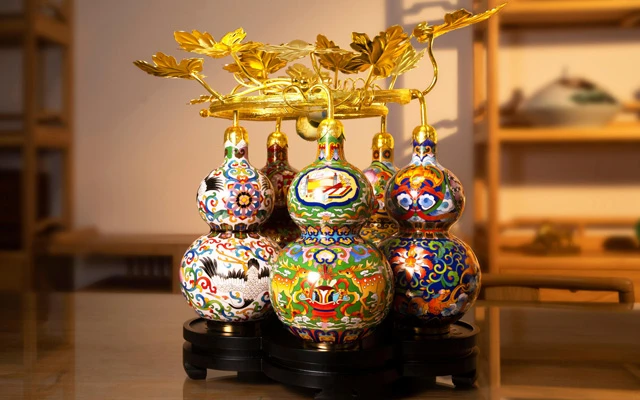
Zhang Tonglu's cloisonne work
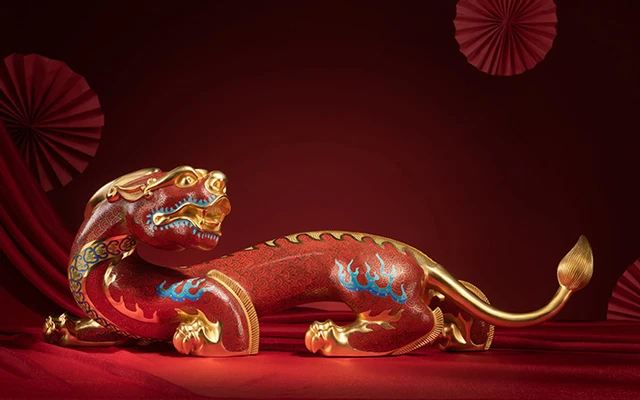
Modern cloisonne work
In the early 1980s, Master Zhang Tonglu, obtained a national patent for his "enamel platinum crystal", which breaks through the traditional cloisonne process and the traditional metal padding restrictions, and applies the traditional painting decoration methods of ink painting, Chinese painting, and Western oil painting to create art on the plane to make cloisonne murals, cloisonne screens, and other handicrafts. In 2013, Zhang Tonglu's new enamel platinum crystal work "Bright Future" was released in Beijing.
So far, cloisonne is not only the name of a handicrafts, but also a symbol of the vitality of an ancient skill.
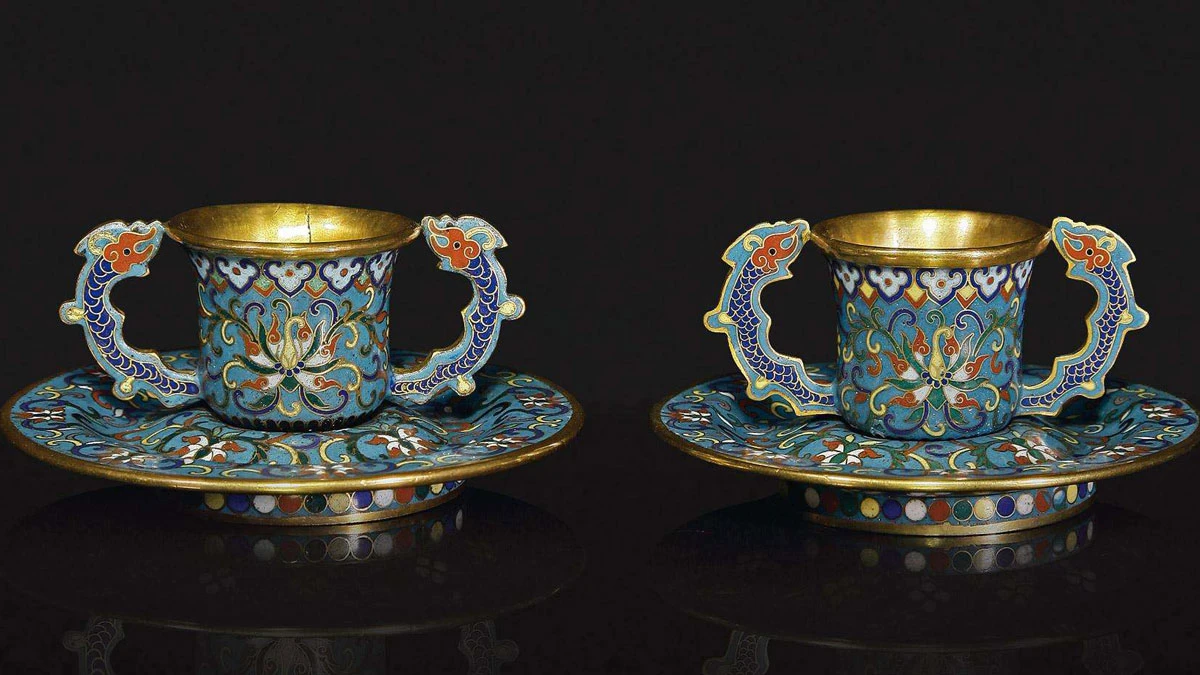
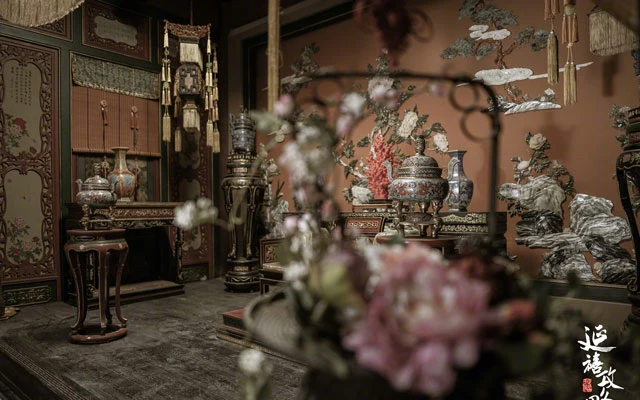
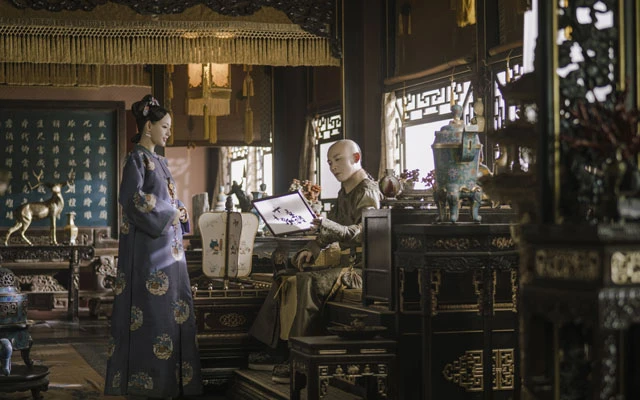
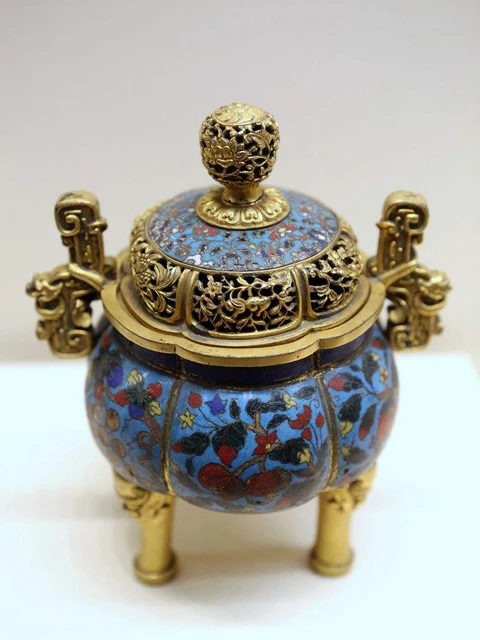

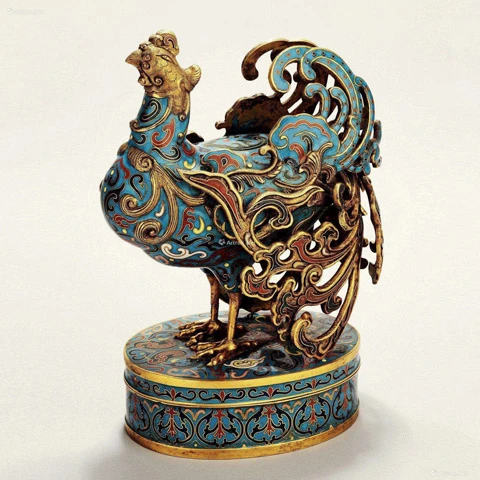
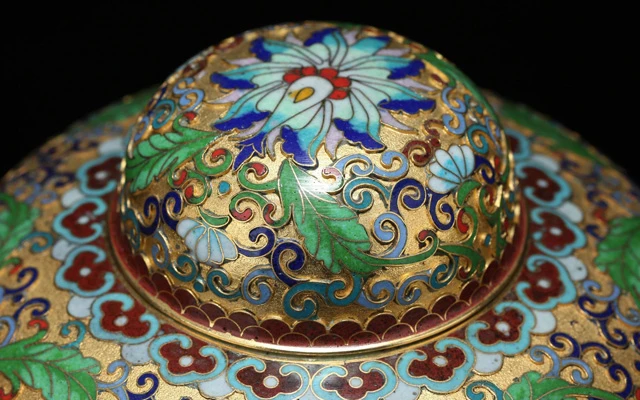
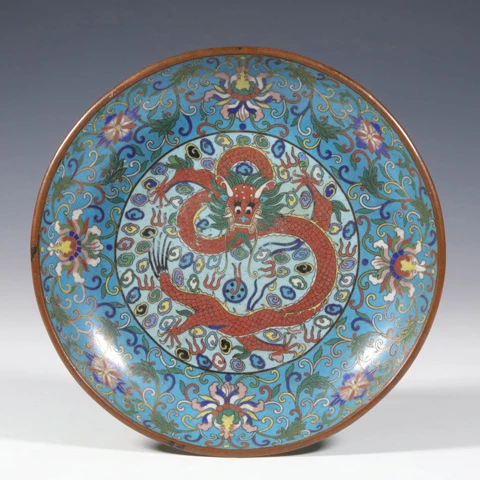
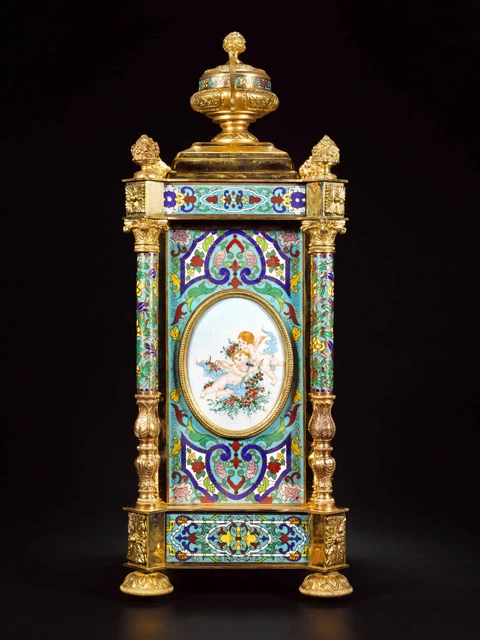
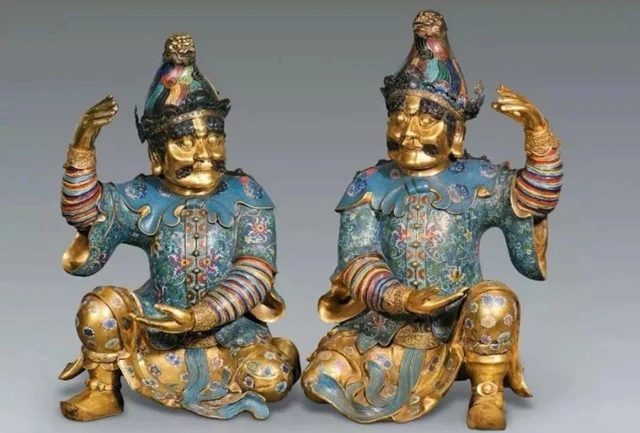



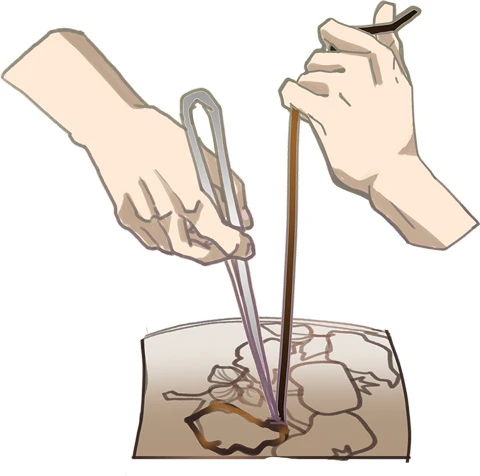



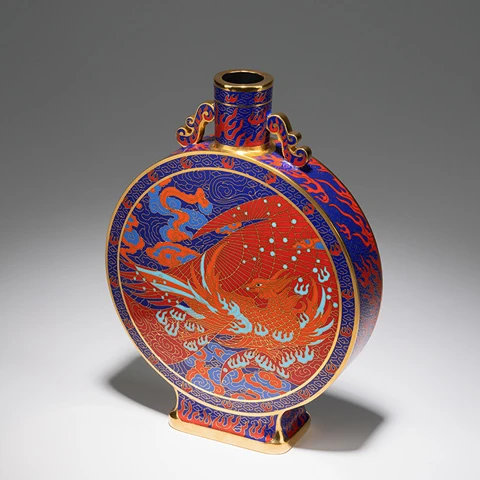


I had no idea what "cloisonne" was, but now I do, thanks! 🙂
China really likes lining with gold or other precious metals and I'm all here for it
Karya seni yang mengagumkan
Sangat bagus
Great!!👍